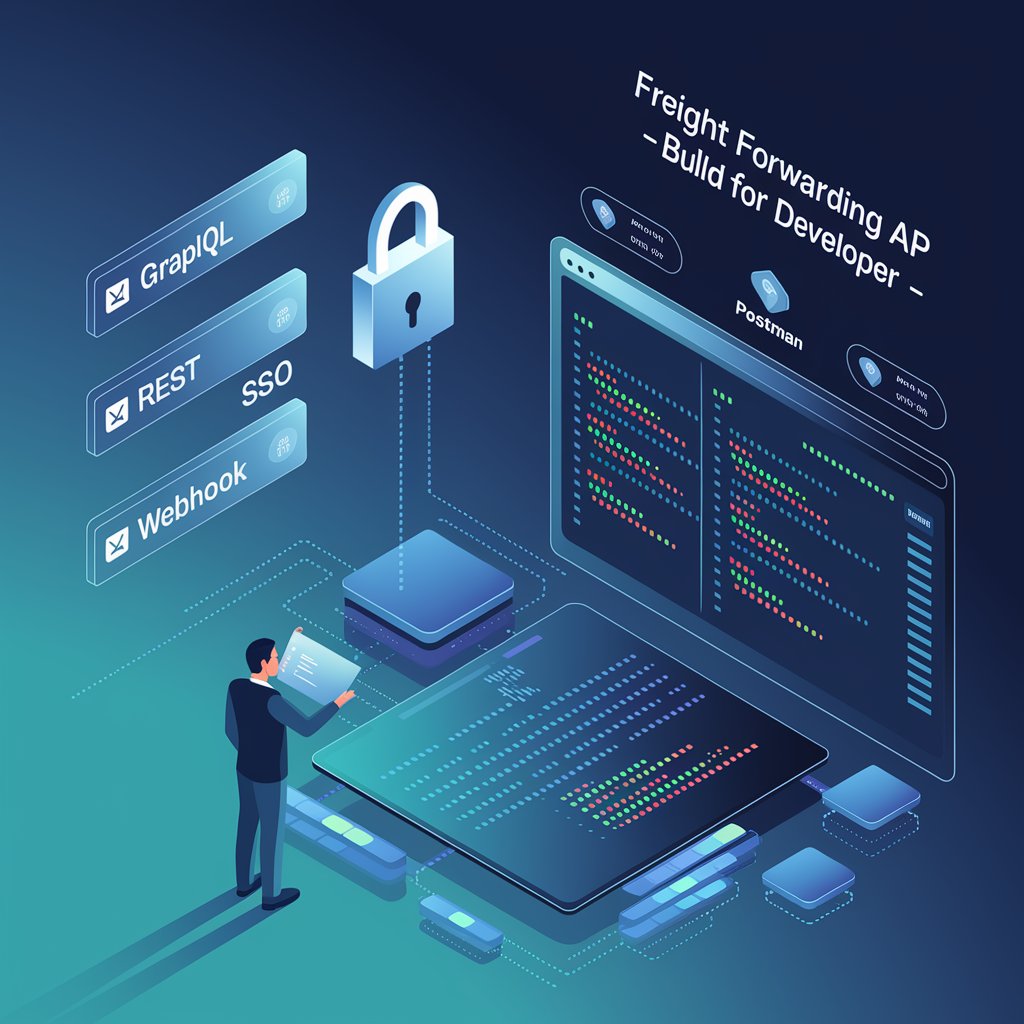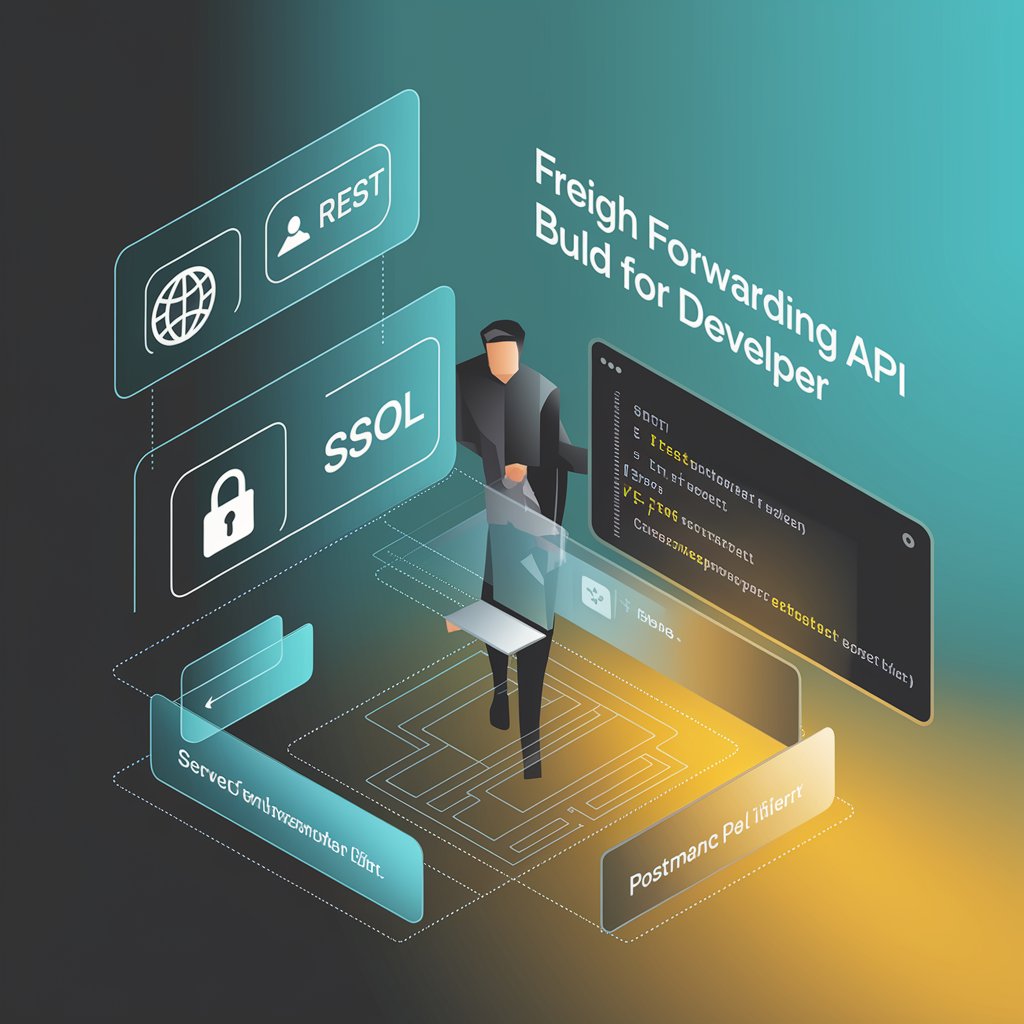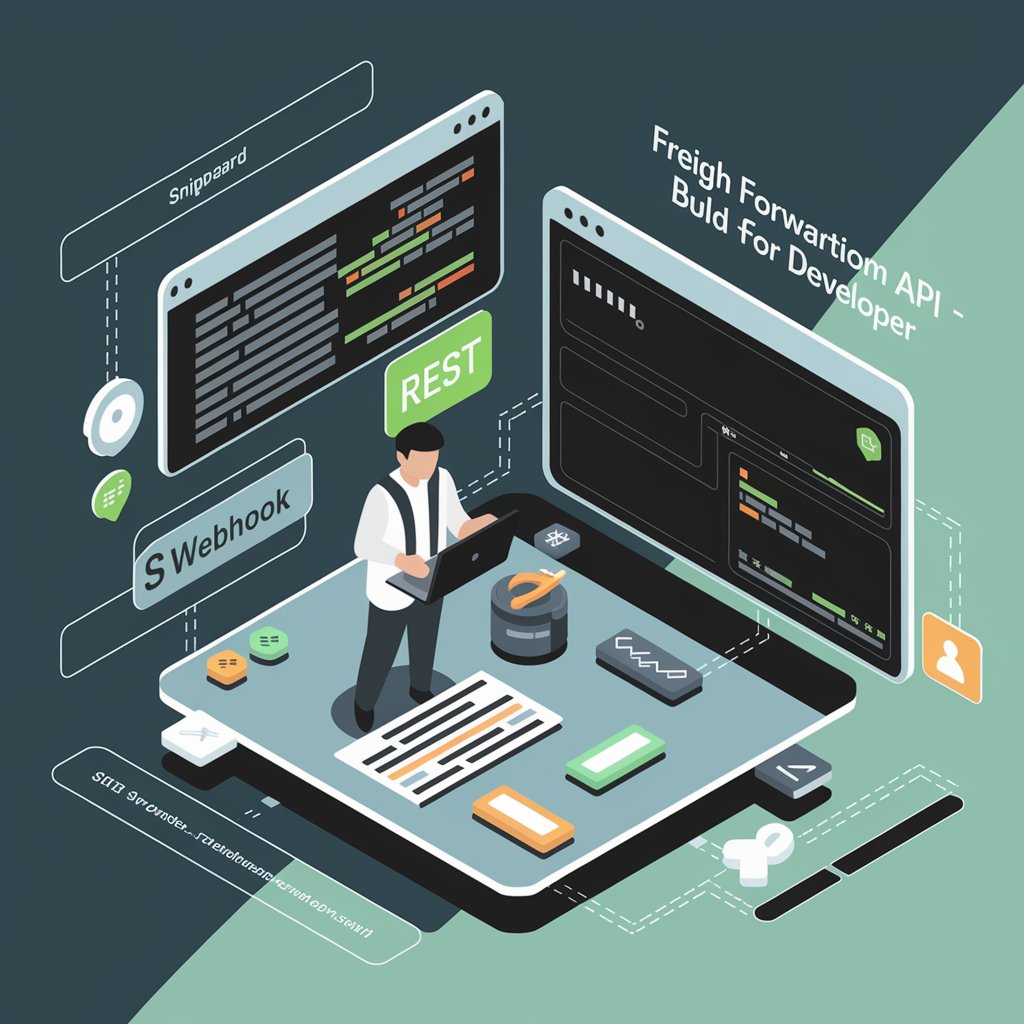Freight Software for IT Leaders: Connect, Scale, and Automate with APIs

🔗 What Is a Freight Forwarding API?
A freight forwarding API is an application programming interface that allows systems—internal or external—to programmatically interact with a freight management platform.
It lets your developers and partners:
- Automate booking, tracking, and documentation
- Pull real-time shipment updates
- Push data to accounting, CRM, or ERP systems
- Extend functionality without vendor lock-in
📦 Think of it as the digital infrastructure that powers your logistics stack.

⚙️ REST & GraphQL: Choose Your Integration Style
The best platforms offer flexible API architectures to meet different dev needs.
- REST API – Ideal for structured endpoints with predictable CRUD operations. Easy to cache, secure, and scale.
- GraphQL API – Perfect for frontend or client-side apps. Fetch exactly the data you need—no more, no less.
🧰 With both available, your team can integrate faster and avoid over-fetching or under-fetching headaches.
🔔 Real-Time Logistics with Webhooks
Polling APIs every 30 seconds? That’s inefficient and expensive.
Modern freight APIs offer webhooks for push-based architecture. Use them to receive real-time updates for:
- 📦 Shipment status changes
- 📑 Document generation
- 📤 Invoice dispatch
- 🧾 Customs clearance or exception handling
🌐 Webhooks allow your backend to respond instantly—no delay, no overload.

🔐 SSO & Identity Integration
Security and UX go hand-in-hand.
A good freight forwarding API suite will support Single Sign-On (SSO) via:
- SAML 2.0
- OAuth 2.0
- OpenID Connect
🔐 With SSO, users access freight systems using your internal identity provider (Okta, Azure AD, etc.), boosting both convenience and security compliance.

🧪 Test Fast: Use Our Postman Collection
Developer experience matters. That’s why top-tier freight APIs ship with a Postman collection for:
- Easy testing of endpoints
- Auth configuration (API key, OAuth)
- Pre-built booking, tracking, and document flows
- Environment variables for staging/production
🧪 You don’t need to reinvent the wheel—just fork the collection and get started.
7. 🚀 Conclusion: Build Logistics Workflows at Scale
For IT leaders, the freight forwarding API is more than a tool—it’s the foundation of your integration strategy.
By enabling event-driven architecture, real-time communication, and secure access controls, APIs unlock:
- 🔗 Seamless system integrations
- 🧠 Smart automation workflows
- 📈 Faster innovation cycles
- 🧰 Developer-friendly experiences
👉 Ready to Build?
Grab the Postman collection.
🚀 Kickstart your freight API integration today.
